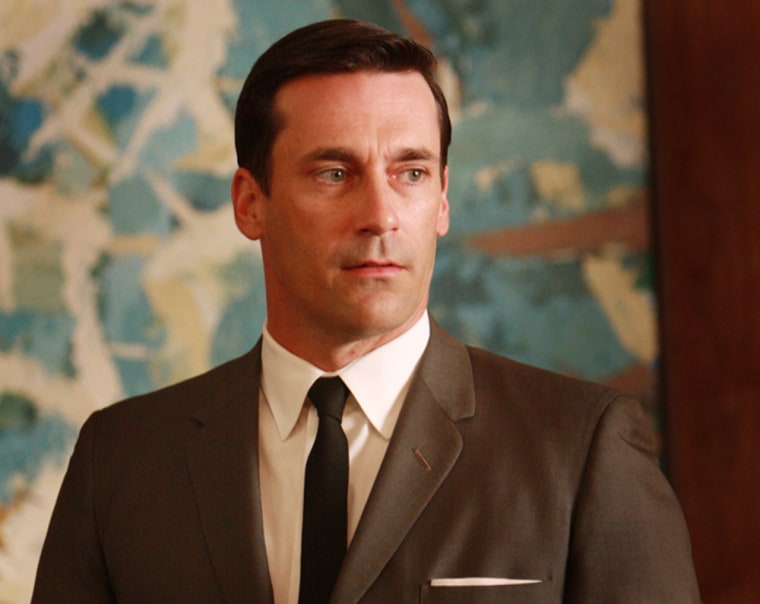Don Draper is an incredibly sexy (if fictional) man, with his square jaw line and strong chin. And that isn’t just personal opinion. Research has shown that chiseled jaws and strong chins appear more masculine and are considered universally attractive. But a new study challenges the idea of universally attractive features -- and finds that there is no one chin that is sexier than others.
“Chins are kind of a funny thing. It seems like a random thing to look at, but chins are like a hallmark of modern human anatomy,” says Seth Dobson, an assistant professor in the anthropology department at Dartmouth College. “No other animals have chins.”
For years, Dobson has speculated about why only humans have chins and what purpose they serve. While he hasn’t come to any concrete conclusions, he wondered if chins impact how we select mates. Some experts believe that we pick partners based on universal facial attractiveness—a set of traits, such as symmetrical facial features, that are overwhelmingly deemed hot (and biologically superior). Dobson thought that if women mated with men who had strong chins and men bred with women with smaller, weaker chins that skeletons would show this.
“We reasoned that if they are universal [then] the preferences actually influence [skeletal] evolution and that people would have the same chin shapes,” he says. “That is not the case.”
Dobson looked at 180 male and female skeletons that originated from nine different Old-World geographic locations including, Australia, Eastern and Southern Africa, Southeastern, Central, and Eastern Asia, and Northern, Eastern, and Western Europe. After creating contour tracings of the chins, a computer analyzed their shapes. Dobson found there isn’t one dominant preferred chin shape for men or women in any region.
“The preferences aren’t actually universal,” he says, but adds a caveat: “I don’t think that our result undermine that there is strong preference [for certain chins].”
These results might mean that people don’t pick partners based only on universally attractive traits, he explains. Sure, a strong chin might seem sexier, but the man who owns the chin might not have a great personality. And we can’t all marry men with Don Draper chins.
“[A woman] may express a preference for a chin, but if you look at who she is actually choosing as a partner his chin may look different. In the real world, people choose their partners for a wide variety of reasons that may not be entirely clear,” says Dobson. “There is physical attractiveness as a sense that you have that you cannot really explain.”
Also, the skeletons are all between 100 and 200 years old, meaning they lived long before Western ideals of beauty became pervasive.
“One thing is possible, this is speculation, it is possible that the preferences that look to be universal cross culturally today maybe weren’t important in the past,” Dobson says. “But they may be important in the future.”
The paper was published online earlier this month in the journal PLoS One.
